The SLIM spacecraft is set to land on the Moon's surface in January 2024, promising to make Japan the fifth country to do so after the Soviet Union, the United States, China, and India.
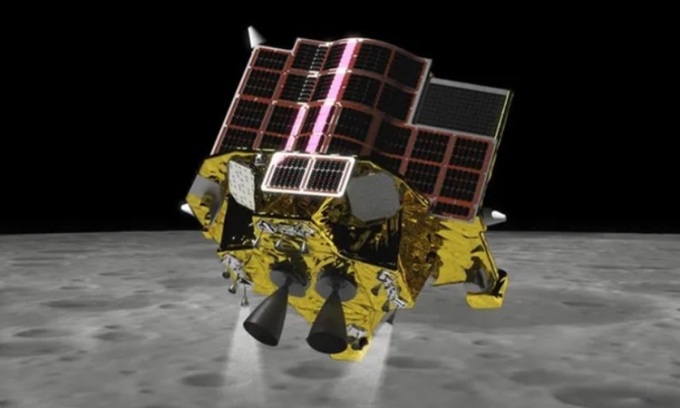
Simulation of the SLIM spacecraft preparing to land. Photo: JAXA
Japan's SLIM robotic lunar lander arrived in lunar orbit on December 25 as scheduled, according to the Japan Aerospace Exploration Agency (JAXA). The spacecraft entered lunar orbit at 1:51 p.m. the same day, Hanoi time.
JAXA officials said the spacecraft is in an elliptical orbit and takes 6.4 hours to circle the Moon, 600 km from the surface at its closest point and 4,000 km at its farthest point. The new milestone marks SLIM on track to land on the Moon on January 19, 2024. This would be a historic success because to date, only four countries, the Soviet Union, the United States, China and India, have successfully landed spacecraft on the Moon.
The 2.7-meter-long SLIM launched on September 6, along with XRISM, the powerful X-ray space telescope. Both Japanese spacecraft were deployed in Earth orbit, and XRISM is still there. But SLIM broke free of the planet’s gravity on September 30, beginning its long, energy-efficient journey to the Moon. The probe has begun preparations for its landing attempt. SLIM will touch down in the target area with an accuracy of 100 meters, paving the way for more ambitious exploration.
According to JAXA, SLIM is a mission to find the precision landing technology needed for future lunar probes and test this technology on the lunar surface with a small-scale prototype. If all goes according to plan, SLIM will deploy two mini-probes after landing. The pair will provide an independent system for direct communication with Earth.
SLIM is not the first Japanese spacecraft to reach the lunar surface. Hiten did so in 1990, followed by SELENE (Selenological and Engineering Explorer), also known as Kaguya, in 2007. Hakuto-R, a lander built by Tokyo-based iSpace, also reached orbit in March and attempted to land a month later but crashed after its sensors were tangled by the rim of a lunar crater.
An Khang (According to Space )
Source link


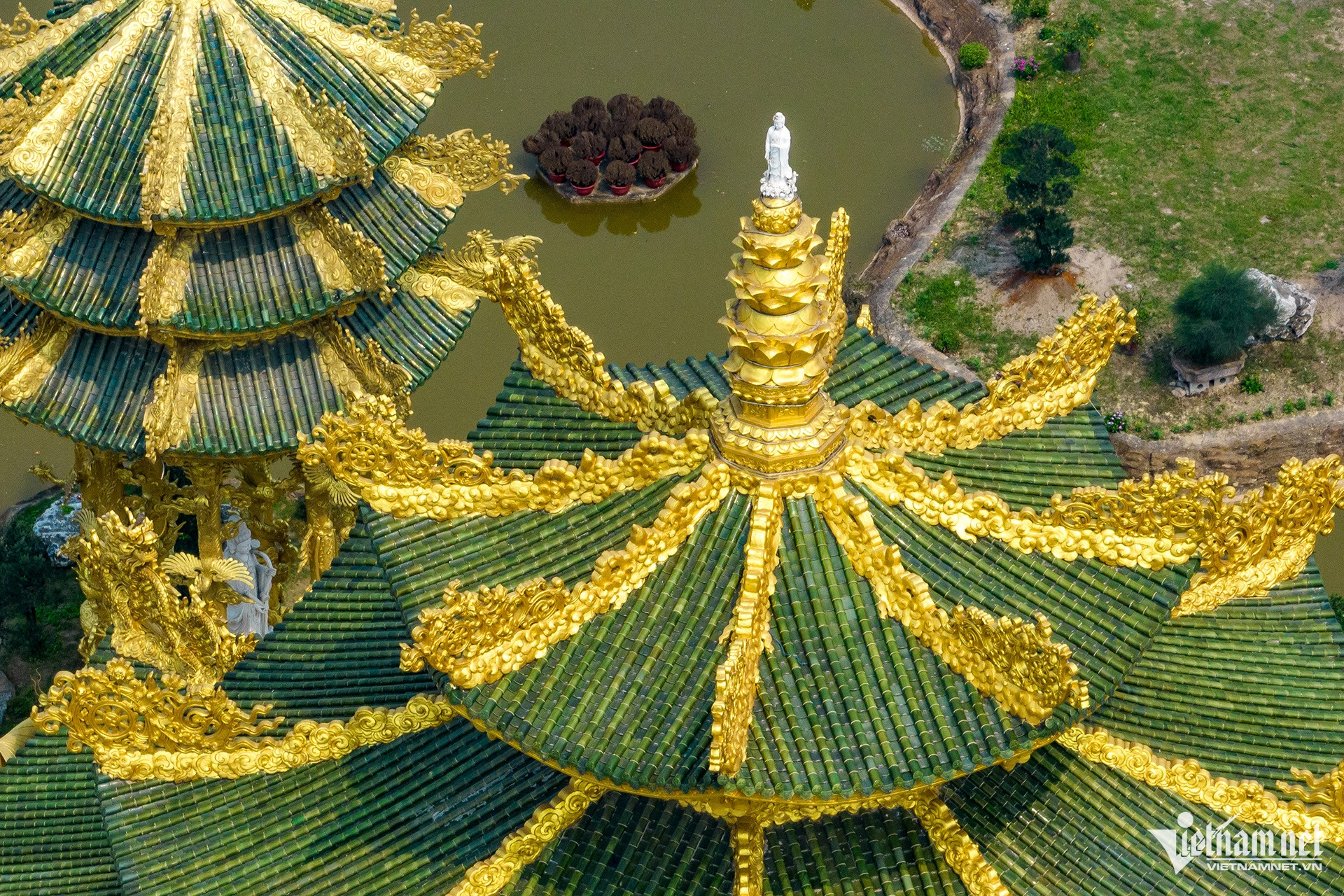









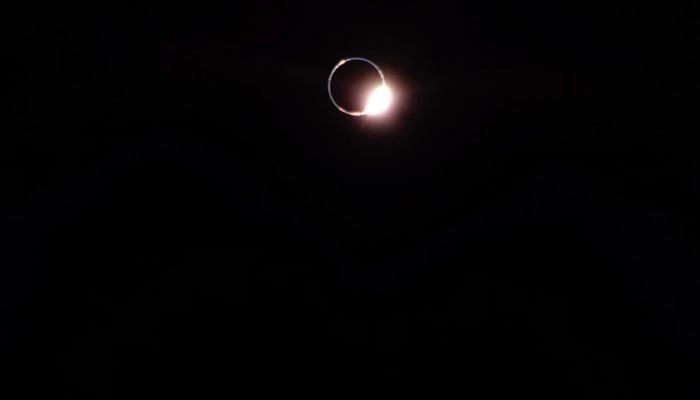

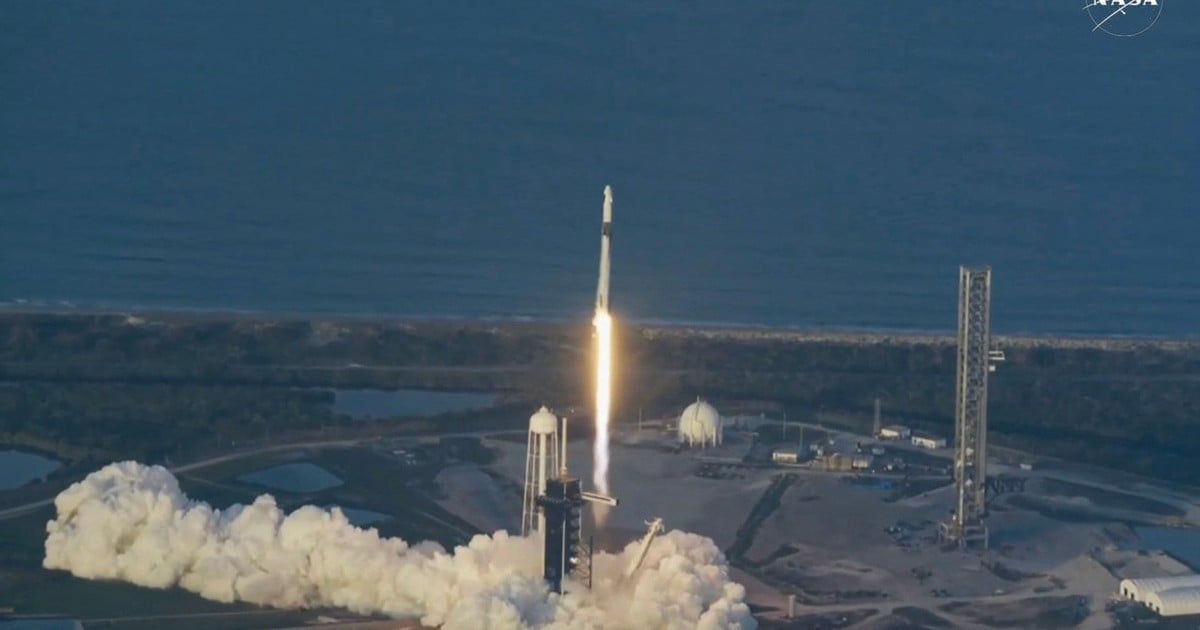

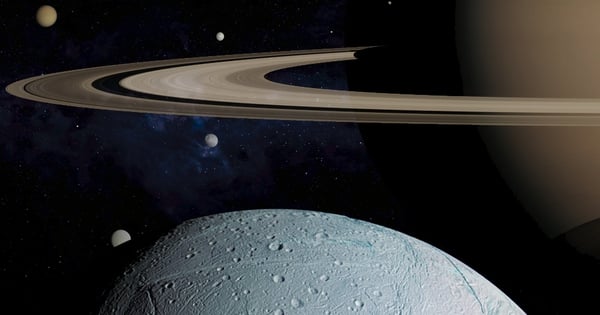






![[Video] Eliminate the "can't do it, ban it" mindset in science](https://vstatic.vietnam.vn/vietnam/resource/IMAGE/2025/4/3/1122c1ea9e244ddab1331a0597c60638)




































































Comment (0)